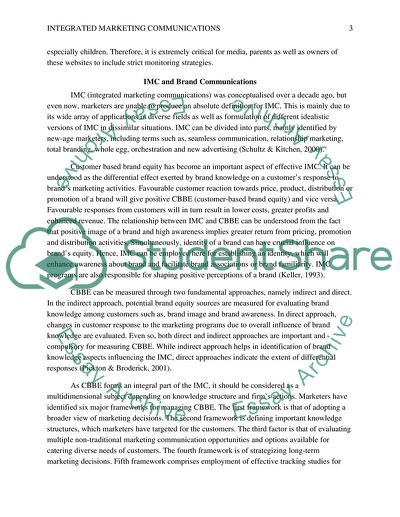Cite this document
(“Integrated Marketing Communications (IMC) Essay”, n.d.)
Retrieved from https://studentshare.org/marketing/1649423-integrated-marketing-communications-imc
Retrieved from https://studentshare.org/marketing/1649423-integrated-marketing-communications-imc
(Integrated Marketing Communications (IMC) Essay)
https://studentshare.org/marketing/1649423-integrated-marketing-communications-imc.
https://studentshare.org/marketing/1649423-integrated-marketing-communications-imc.
“Integrated Marketing Communications (IMC) Essay”, n.d. https://studentshare.org/marketing/1649423-integrated-marketing-communications-imc.


